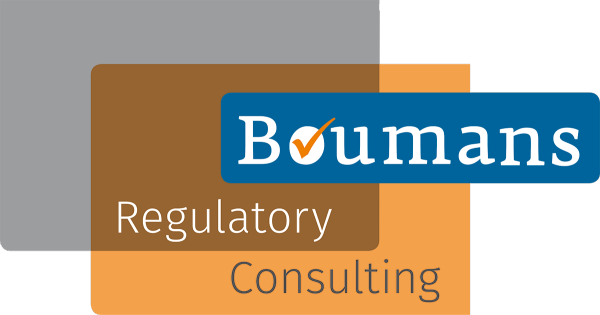This section is about:
- Differences and similarities between up-classified devices and devices that remain in the same risk class
- Even if your legacy device is in Class I, if it is up-classified you need to start working on your PSUR
- You need that PSUR because you must create a PMS plan
- Did you already create your UDI structure?
- Your PRRC must now also look at your future MDR devices
- If you don’t have an agreement with a notified body, you may be running out of options soon…
Regulation (EU) 2023/607
Regulation (EU) 2023/607 on MDR transitional arrangements allows for manufacturers of devices that were certified under the ‘old’ Directives to remain certified as such for some years to come, while they wait until they become certified under the MDR. In general, this will require the manufacturer to prepare for the MDR and have a signed agreement with a notified body for MDR certification and continued surveillance audits. You need to maintain the legacy status of your device by:
- Keeping the device in compliance with the MDD or AIMDD;
- Performing PMS in line with the MDR;
- Having an agreement with a notified body for MDR certification;
- Not changing de device significantly;
- Passing MDR assessment;
- …and some other things.
I communicated this general concept already in a previous post that you can also find on my website in the Longreads section. But the devil is in the detail. This post will look into devices that will under the MDR be considered Class IIa and Class IIb, non-implantable devices, but that currently rely on MDD certification.
No classification change or up-classified
For devices that are not implantable and would fall in Class IIa or Class IIb, there is a small difference when it comes to devices that were notified body certified under the MDD and those that are up-classified from Class I, Self-Certified. Legacy devices must keep complying with the MDD requirements until they are MDR certified. This may look more complex than it is. In practice, it is totally fine to go to full MDR compliance (except for the certificate) while claiming compliance with the MDD. Doing this will allow your regulatory affairs team to focus on MDR compliance only, without the risk of inconsistencies due to mixing up documents.
PMS plan
Part of the PMS requirements under the MDR consists of having a PMS and PMCF plan. In order to show you are applying MDR PMS procedures, you need these plans in full plan-do-check-act cycles by now. These plans need to be based on PMS data. It would make total sense if from now on you use a periodic safety update report (PSUR) for this.
PMS Report or PSUR
You can even go for MDR compliance for a legacy device if your device is up-classified from Class I. Where you would need a PMS report for Class I devices, you need a PSUR for Class IIa or Class IIb. You don’t want to present a PSUR to the authorities if your device is in Class I. All you need to do is to create a new PSUR at least every two years for Class IIa devices and every year for Class IIb devices, call it the PMS report and add this to the documentation of your Class I legacy device. Obviously, if your device is not up-classified you have to create a PSUR anyway.
UDI
Before you can submit an application to a notified body, you need to set up the UDI structure (even if the labels do not require UDI yet). In order to structure your technical documentation, you need to group your devices into Basic UDI-DI device families. Although this may look quite straightforward (‘all devices with the same intended purpose, risk class, and essential design and manufacturing characteristics’), there is some bandwidth in how this should be interpreted. For example, a part may be made of plastic or steel; would that be an essential design characteristic? Whatever you do, you need to justify your choice and the notified body may or may not agree with that.
There is also some room for a manufacturer to decide if there is just one Basic UDI-DI per technical file, or if they want to combine device families that are almost identical in one set. Both can be done and both have their (dis)advantages. Here too, you need a justification.
Bottom line is that the notified body must appreciate how the Basic UDI-DI’s are structured and if you haven’t created this structure by now, there is no time to lose.
PRRC
According to MDCG guidance 2021-25, a PRRC is not required for legacy devices. But you need one for MDR-certified devices and this means that your notified body wants to know who is your PRRC at the moment you apply with them for a quote. You can’t get away with a PINO (‘PRRC In Name Only’), because the notified body wants to see evidence your PRRC is effective. The PRRC must create a PRRC plan, perform assessments, and report on findings. If don’t have a PRRC (and preferably also a deputy PRRC as backup), there is no time to lose to get this done.
Reach out if you want to know more about:
- PMS requirements for legacy devices;
- UDI and EUDAMED;
- The role of the PRRC for legacy devices as well as MDR devices;
- Or if you just want to have a top expert only one email away…
Just reach out to: Ronald@boumansconsulting.com




